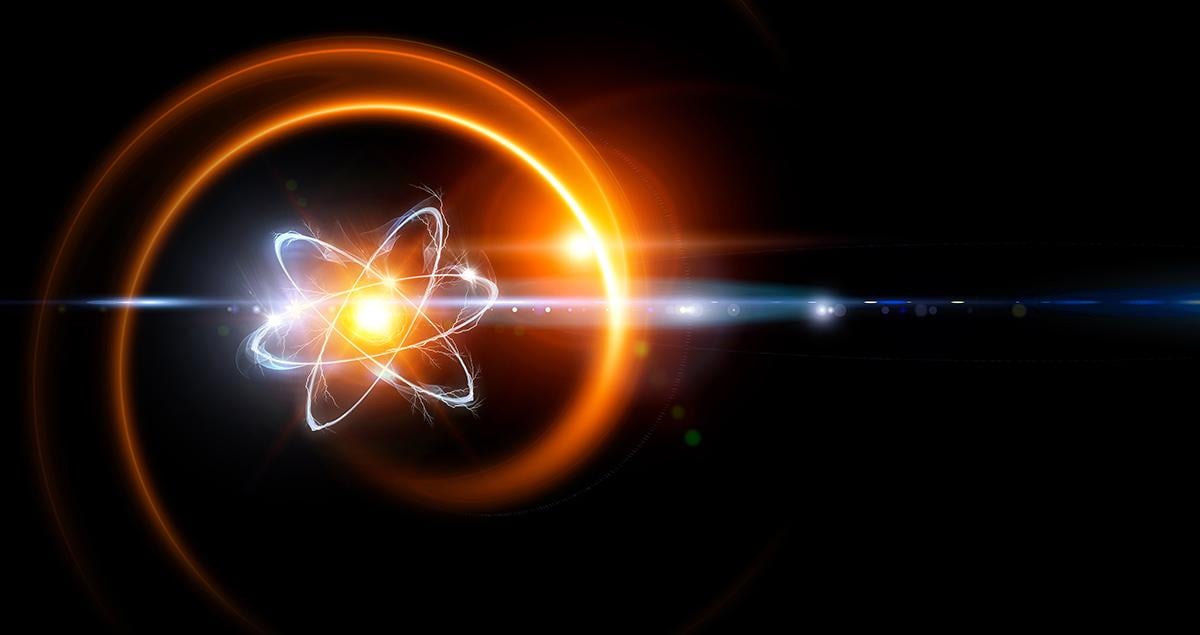European Scientists Set Nuclear-Fusion Energy World Record

This article was licensed through Dow Jones Direct. The article was originally published on the Dow Jones Institutional News.
A device based at a U.K. facility in Oxfordshire has produced the highest sustained nuclear-fusion energy ever recorded, European researchers said Wednesday.
The results of the December 2021 experiment, which generated 59 megajoules of fusion energy for five seconds, "demonstrates we are on the correct path" with regards to nuclear fusion, said Rafael Juárez Mañas, an engineering professor at the National Distance Education University in Madrid who wasn't involved in the research.
That said, the researchers weren't able to overcome a major obstacle: generating more energy than they had to put into the experiment.
Nuclear fusion, the same process that powers the sun, occurs when hydrogen gases are superheated to form a plasma. The process brings together hydrogen atoms that combine to form helium -- and release a tremendous amount of energy at the same time.
The Joint European Torus, or JET, in Oxfordshire is a donut-shaped device called a tokamak that can heat gases to 150 million degrees Celsius inside a vacuum, re-creating that fusion process on Earth. The device uses magnetic fields to hold the plasma away from its walls.
Not all tokamaks can combine the same types of hydrogen atoms. What makes JET unique is that it is the only tokamak that can harness a mix of deuterium and tritium, said Emilia R. Solano, a fusion scientist from the Center for Energy, Environmental and Technological Research in Spain involved in the recent JET experiments. These two types of hydrogen have the potential to help realize the goal of sustained net gain in fusion-energy production.
Demonstrating that this particular fuel mix -- the same combination engineers plan to use in commercial fusion power plants -- produces sustained energy, is a key step to realizing a future powered by nuclear fusion, according to Tony Donné, physicist and program manager of the EUROfusion consortium. The consortium is composed of 4,800 experts from across Europe that carried out the experiment in partnership with the U.K. Atomic Energy Authority.
"If we can maintain fusion for five seconds, we can do it for five minutes and then five hours as we scale up our operations in future machines," Dr. Donné said in a statement.
Currently, nuclear power -- responsible for about 10% of the world's electricity -- is generated by fission, the process of splitting atoms like uranium. But fission creates radioactive waste that can last thousands of years. Fusion doesn't produce such waste, or greenhouse gases like carbon dioxide generated by fossil-fuel burning. Many of the hydrogen atoms involved in the process, too, are nearly limitless in supply.
It is an avenue that can be used to address climate change, Ian Chapman, who leads the Culham Center for Fusion Energy, where JET is based, said at a Wednesday press conference.
Recent upgrades to JET have transformed it into a miniature version of a future international fusion project known as ITER, a tokamak being constructed in France with the goal of generating 500 megawatts of fusion power for up to one hour.
"It proves that a lot of what ITER is planning to achieve is possible as scientists and researchers claim, and that this is a good step in that direction," said Brett Rampal, a nuclear engineer and director of nuclear innovation for the U.S.-based Clean Air Task Force.
The $22 billion ITER, which is 80% built and is 10 times bigger than JET, will begin experiments in 2025 or 2026, according to Dr. Chapman. It is expected to produce more energy than it takes in, in part because it will use superconducting magnets -- rather than the copper ones used by JET -- to generate its magnetic fields. Superconducting magnets use far less power, he added.
Concerns about climate change have helped propel a wave of interest in fusion research by private companies that are trying to speed progress toward commercial fusion at a faster pace than academic and government efforts, Mr. Rampal said.
Around 35 firms globally are racing to be the first to create net-energy machines and to commercialize them by delivering electricity to the power grid. Fusion companies have raised at least $4.3 billion toward the effort, according to company announcements and data tracked by the Fusion Industry Association and the U.K. Atomic Energy Authority.
Nuclear fusion: International cooperation and the ITER prize





